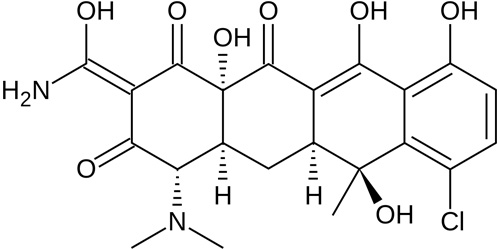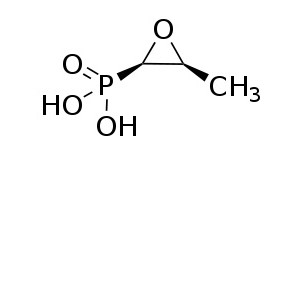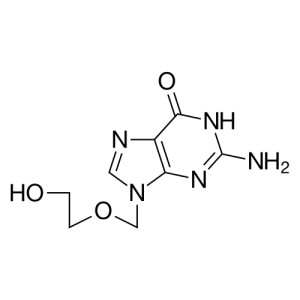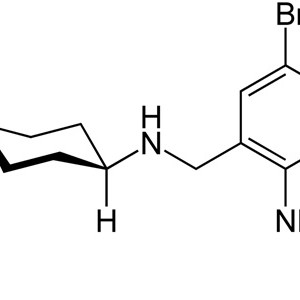Welcome visitor you can
login or register
0 items - $0.00
No products in the cart.
Chlortetracycline Granule 20%
Chlortetracycline (trade name Aureomycin, Lederle) is a tetracycline antibiotic, the first tetracycline to be identified. It was discovered in 1945 by Benjamin Minge Duggar working at Lederle Laboratories under the supervision of Yellapragada Subbarow. Duggar identified the antibiotic as the product of an actinomycete he cultured from a soil sample collected from Sanborn Field at the University of Missouri.[1] The organism was named Streptomyces aureofaciens and the isolated drug, Aureomycin, because of their golden color.

Make an enquiry for this product
Category: Active Pharmaceutical Ingredients
Starting at
Product Description
| (4S,4aS,5aS,6S,12aS,Z)-2-[amino(hydroxy)methylene]-7-chloro-4-(dimethylamino)-6,10,11,12a-tetrahydroxy-6-methyl-4a,5,5a,6-tetrahydrotetracene-1,3,12(2H,4H,12aH)-trione |
| AHFS/Drugs.com | Micromedex Detailed Consumer Information |
| Routes of administration |
Oral, IV, topical |
| Bioavailability | 30% |
| Protein binding | 50 to 55% |
| Metabolism | Hepatic (75%) |
| Biological half-life | 5.6 to 9 hours |
| Excretion | Renal and biliary |
| CAS Number | 57-62-5 |
| ATC code | A01AB21 D06AA02 J01AA03 S01AA02 QG51AA08 QJ51AA03 |
| ChemSpider | 10469370 |
| UNII | WCK1KIQ23Q |
| KEGG | D07689 |
| ChEMBL | CHEMBL456066 |
| Formula | C22H23ClN2O8 |
| Molecular mass | 478.88 g/mol |
|
SMILES[show] |
|
| InChI[show] | |





